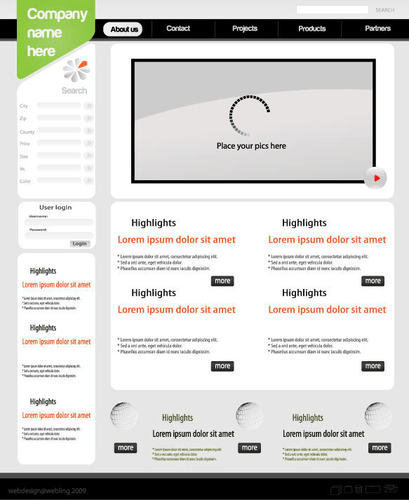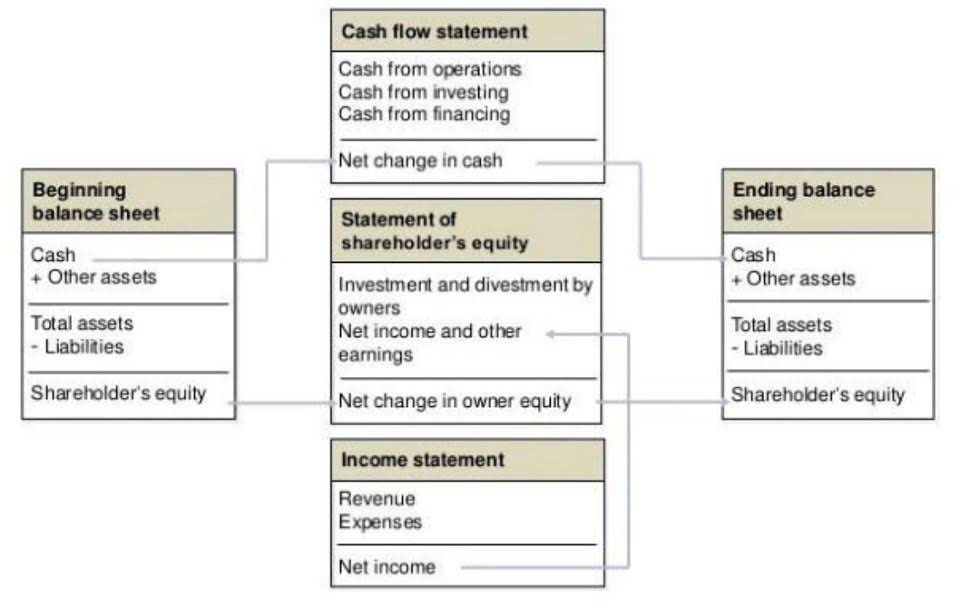
The resource of cash is the economic benefit transferable in respect of most obligations. The transfer of property in settlement of an obligation would also constitute a transfer of economic benefits. More rarely, economic benefits could be transferred by offering a resource such as labor in settlement of an obligation. Have longer terms of repayment, therefore keeping security as a guarantee.
Quick Links
The most common liabilities are usually the largest such as accounts payable and bonds payable. Most companies will have these two-line items on their balance sheets because they’re part of ongoing current and long-term operations. Current liabilities are also something that lenders might look at if they’re deciding whether you qualify for a business loan. Lenders like to see companies that are highly liquid with the ability to generate cash to pay off debts.
- Liability generally refers to the state of being responsible for something.
- In double-entry bookkeeping, the transactions are recorded by crediting the most applicable current liability account and debiting an expense or asset account.
- Most liabilities arise because a legal obligation exists, either by contract or by statute law.
- Also, to review accounts payable, youcan also return to Merchandising Transactions for detailed explanations.
- This happens when you use accrual accounting because tax computation is done on the cash basis method of accounting.
- Current liabilities are listed on the balance sheet under the liabilities section and are paid from the revenue generated from the operating activities of a company.
What Are Recognition criteria of liabilities in balance sheet?

Once the balance owed becomes zero, your liability is considered satisfied. A non-current portion of loans scheduled to be paid in more than 12 months from the reporting date is treated as non-current liabilities in the balance sheet. AP typically carries the largest balances because they encompass day-to-day operations. AP can include services, raw materials, office supplies, or any other categories of products and services where no promissory note is issued. Most companies don’t pay for goods and services as they’re acquired, AP is equivalent to a stack of bills waiting to be paid. The current/short-term liabilities are separated from long-term/non-current liabilities.

Do you already work with a financial advisor?

These advance payments are called unearned revenues and include such items as subscriptions or dues received in advance, prepaid rent, and deposits. While capital is not considered a liability, it does have an impact on a company’s financial health and ability to meet its obligations. By investing capital into the company, owners are providing the company with the resources it needs to operate and grow, which can help ensure its long-term success. It is important to note that the loan payable is classified into current and non-current liabilities.
Included in this category are accounts such as Accounts Payable, Trade Notes Payable, Current Maturities of Long-term Debt, Interest Payable, and Dividends Payable. Getting your debts in a good place before you stop working is key to enjoying a stress-free retirement, when most people are on a fixed income. While liabilities can be beneficial, you don’t want to incur so many that you’ll find yourself or your business financially strapped.

However, in a footnote on the financial statements, it should disclose this item. Owner’s equity represents the amount of the company that is owned by its shareholders, and is calculated as the difference between the company’s liabilities that will be paid or fulfilled within 12 months are liabilities. total assets and its total liabilities. Capital is typically a component of owner’s equity, representing the initial investment made by the owners in the company, as well as any additional investments made over time.
- When a payment of $1 million is made, the company’s accountant makes a $1 million debit entry to the other current liabilities account and a $1 million credit to the cash account.
- A liability is anything you owe to another individual or an entity such as a lender or tax authority.
- Current liabilities are those liabilities that are expected to be satisfied within the next twelve months (the next year).
- This could be anything from the $20 in your wallet to the Mona Lisa in the Louvre.
- They can be listed in order of preference under generally accepted accounting principle (GAAP) rules as long as they’re categorized.
- The lack of confidence that this generates can spell more trouble down the line.
Current liabilities, therefore, are shown at the amount of the future principal payment. Essentially, the time value of money means that cash received or paid in the future is worth less than the same amount of cash received or paid today. This is because cash on hand today can be invested and thus can grow to a greater future amount. By taking on debt, you may be able to buy a house or car you wouldn’t be able to afford in full. In that way, liabilities can actually help you build up assets over time. Contract liabilities can be either current or non-current liabilities, depending on the timing of when the contract is expected to be fulfilled.

Companies disclose all the Non-Current Liabilities they owe and their values on the Balance Sheet. The one year mark is measured as 12 months from the date of the Balance Sheet. To be recognized as a provision, funds must be set aside for a specific future obligation that is probable and can be reliably estimated.
